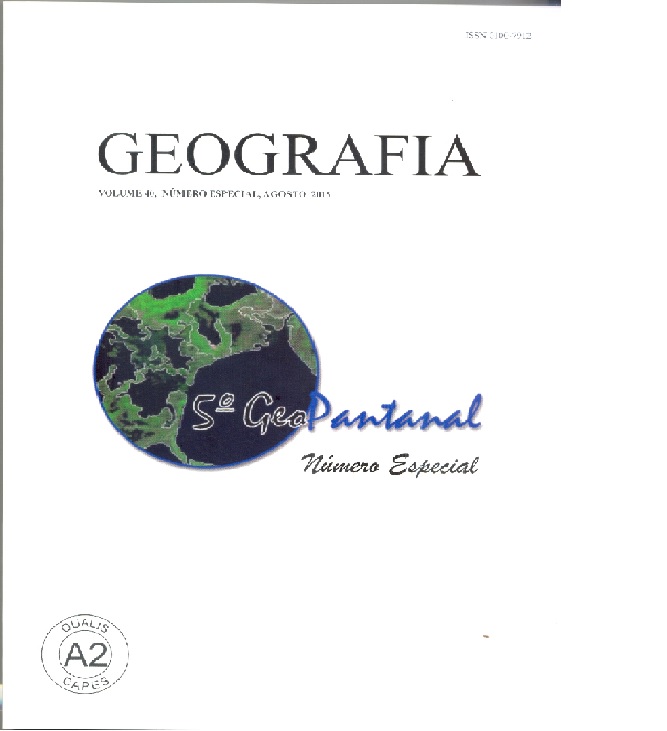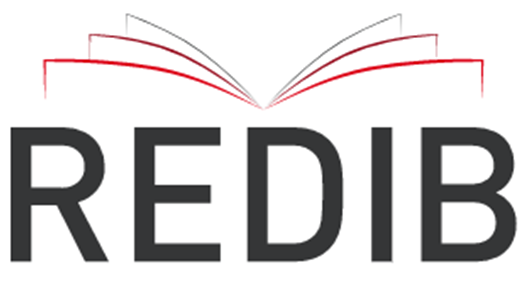GEOTECHNOLOGIES APPLIED TO THE EVALUATION OF SUGARCANE DYNAMICS IN THE BUGRES RIVER BASIN, MATO GROSSO STATE - BRAZIL
Abstract
The expansion of the productive activities in plateau sections of the Upper Paraguai River Basin (BAP) can potentially impact the abiotic and biotic systems of the Pantanal. The objective of this study is to investigate the dynamics of sugarcane plantation in the Bugres river basin, Mato Grosso state. The methodological procedures followed are based on the generation of data from satellite images and processing in a GIS. In 1990 sugarcane occupied, in the area under study, 137.44 Km2 increasing to 981.11 Km2 with an expansion of 613.84%, preferentially in North-Northeast direction. Sugarcane occupied areas of Sub-montane Semi-Deciduous Seasonal Forests, Alluvial Forests and Livestock farms, not advancing over Urban Areas and Areas of Permanent Protection, the socalled .APP.s.. The declivity is an impeditive factor to increase sugar cane plantations in BAP, wherein it was established in sectors of flat to light undulated relief. As far as soils are concerned, plantations predominate on Oxisols. It was verified that the undulated relief is correlated with the proximal variables: roads, drainage and Indian lands. It was concluded that the good physical soil conditions and flat to light undulated terrain, favored the sugarcane plantation which, under such conditions, presents no restrictions to mechanizationDownloads
Published
Issue
Section
License
The authors maintain the copyright and grant GEOGRAFIA the right of first publication, with the articles simultaneously licensed under the Creative Commons BY 4.0 License, which allows sharing and adapting the articles for any purpose, as long as appropriate credits and provisions of image rights, privacy or moral rights. Other legal attributions can be accessed at: https://creativecommons.org/licenses/by/4.0/legalcode.en.
Geography, Rio Claro, SP, Brazil - eISSN 1983-8700 is licensed under the Creative Commons BY 4.0 License.





